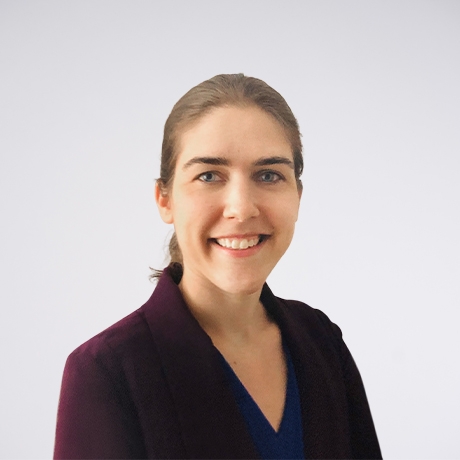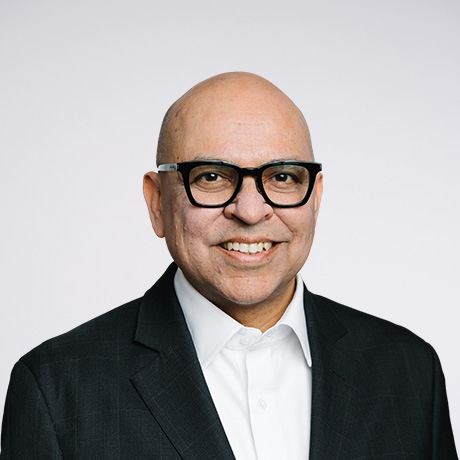Reinventing Insurance
Our Reinventing Insurance Hub features our latest thought leadership publications, podcasts, events, and interviews with insurance leaders. This collection has been curated to help management teams uncover today’s opportunities and realign their corporate strategy with investments deeply tied to customer needs.









